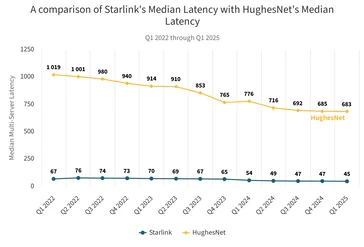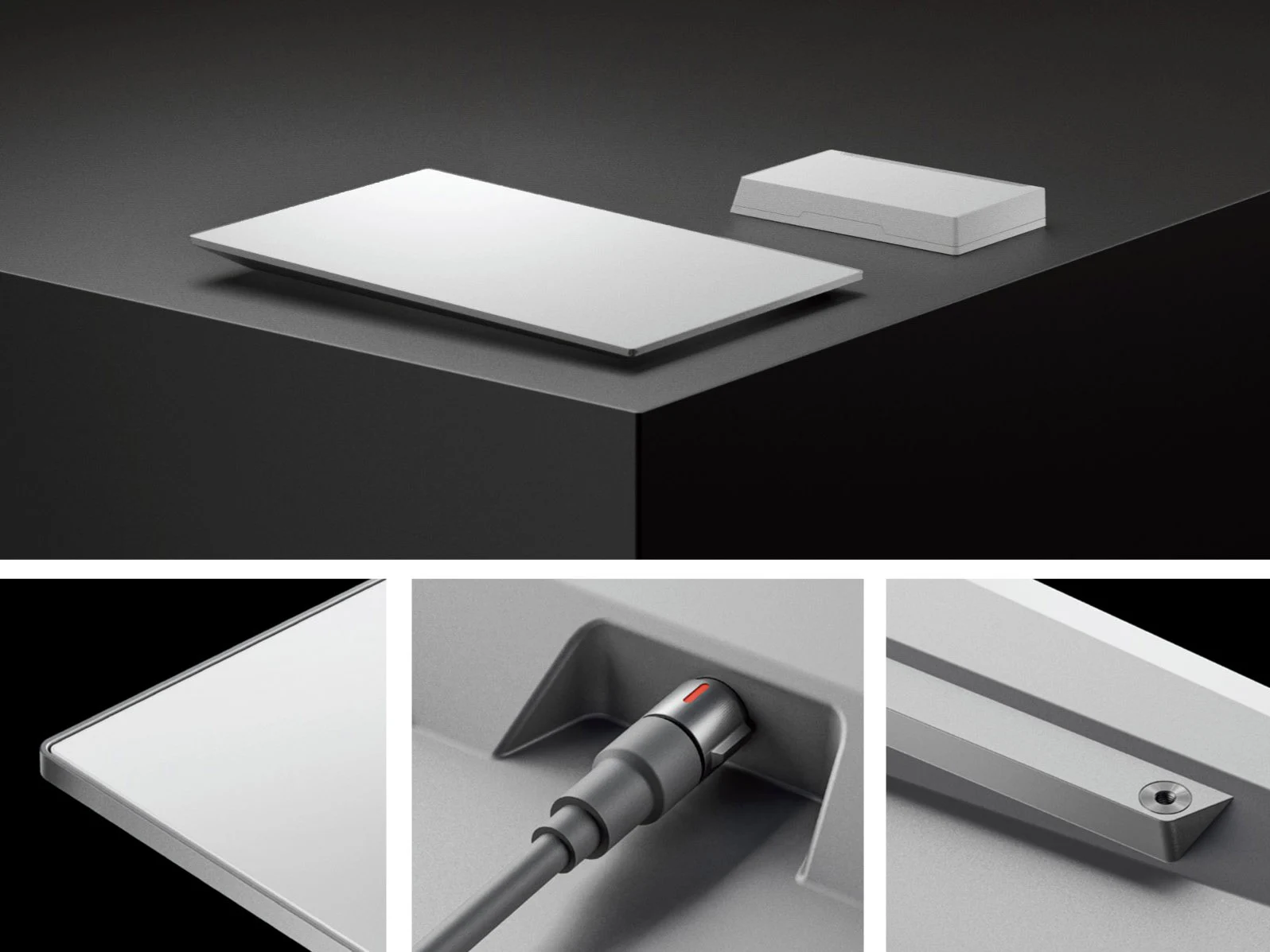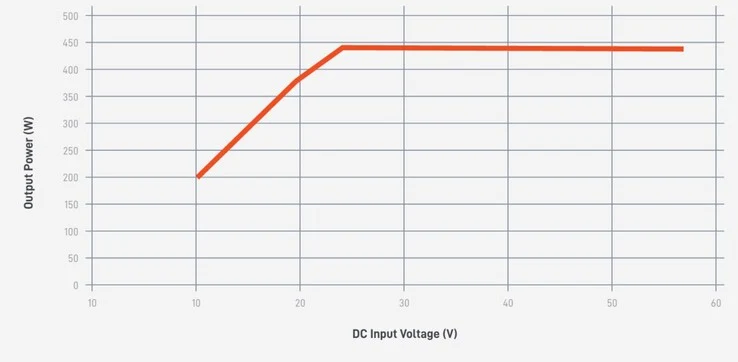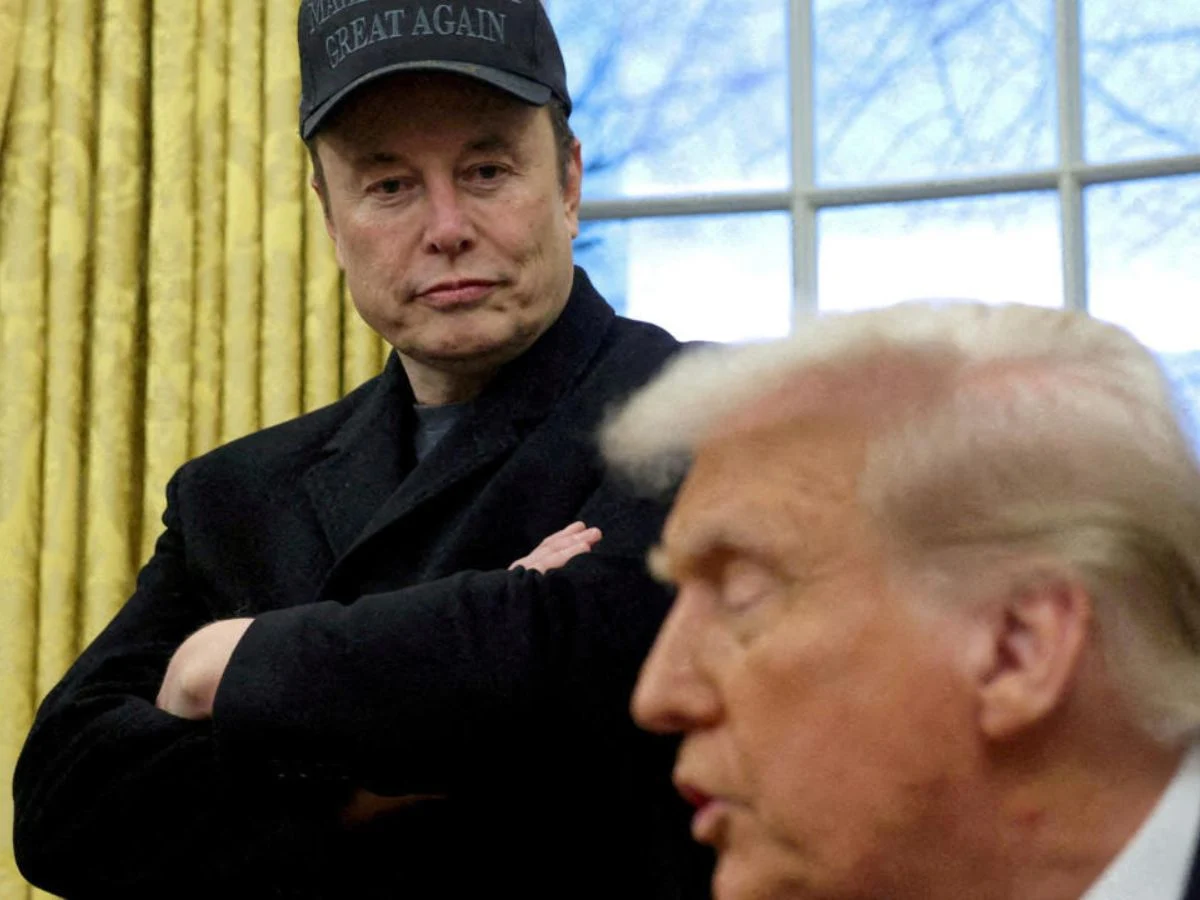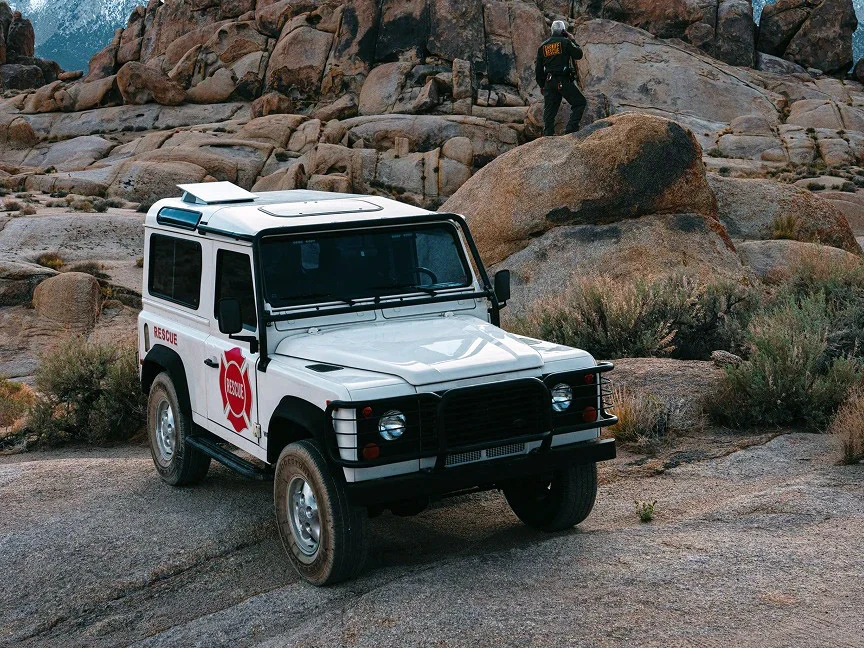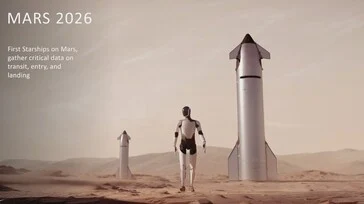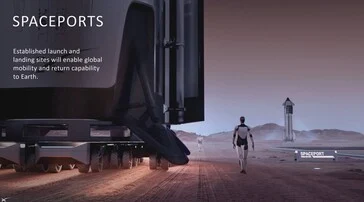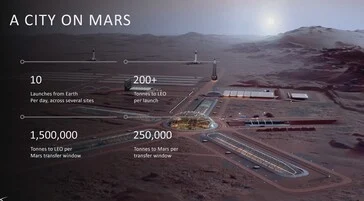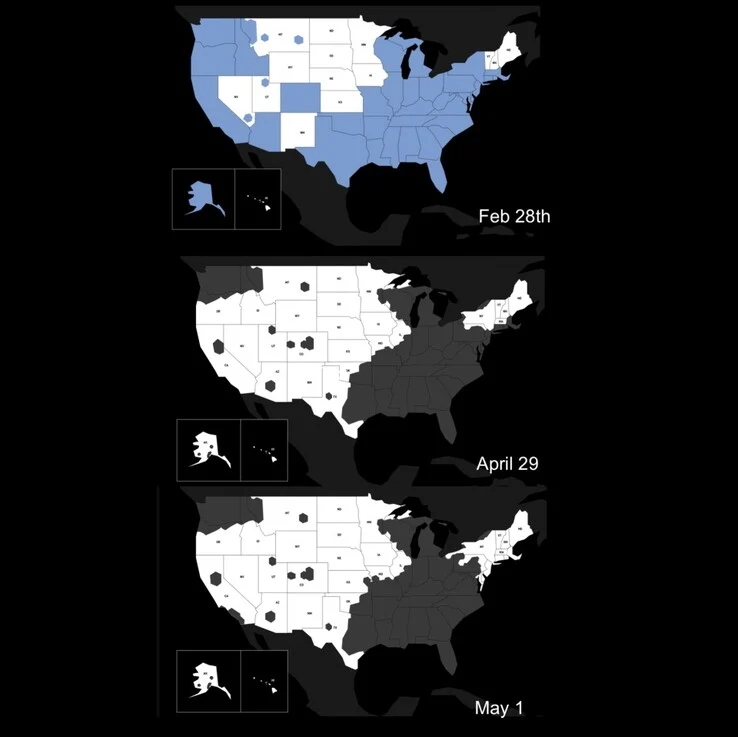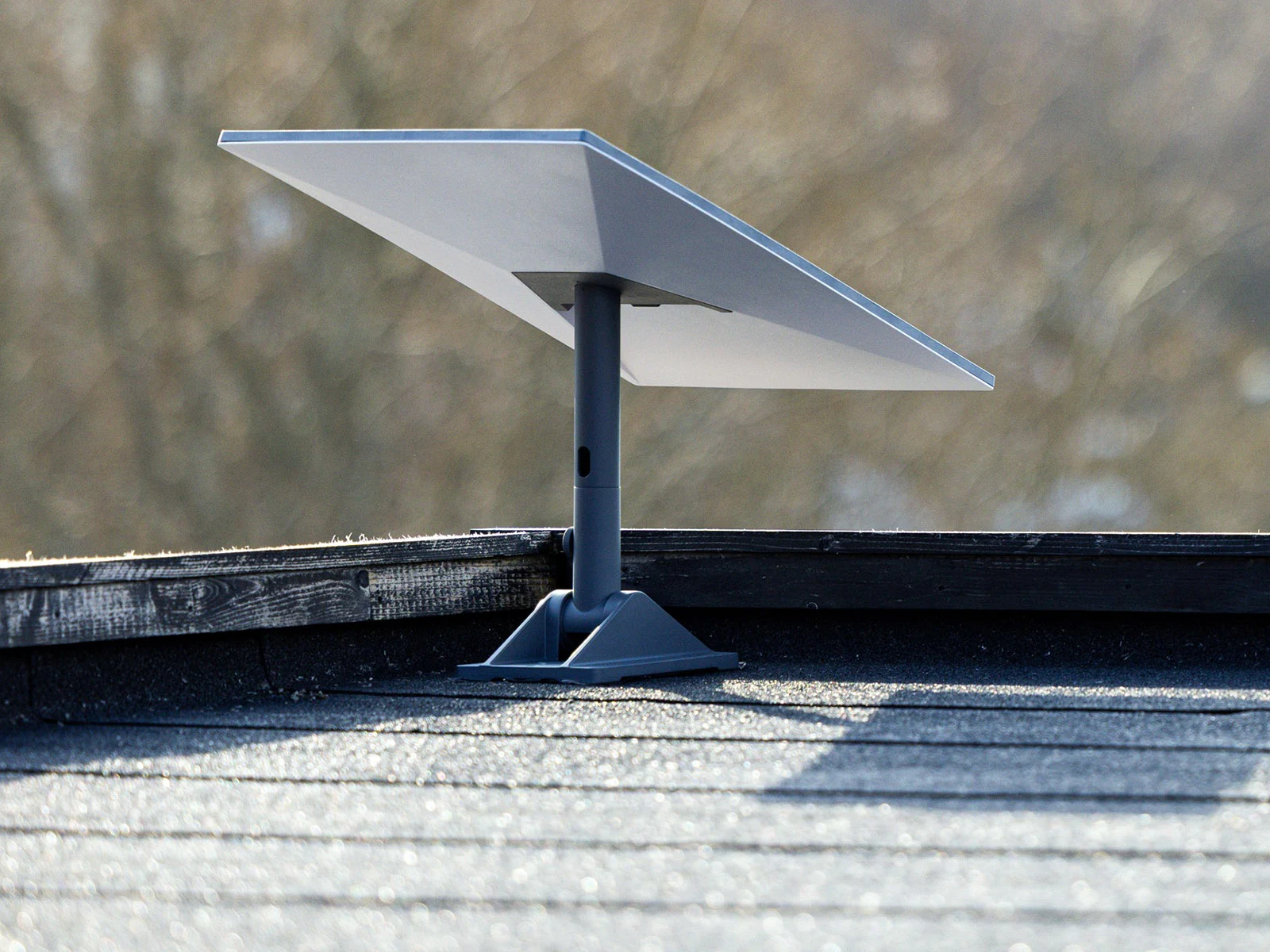Key Takeaways
1. The SpaceX Starship rocket exploded during a static fire test, which is crucial for preparing for a Mars mission in 2026.
2. The incident was labeled an “anomaly” by NASA, indicating thrusters did not ignite, likely causing the explosion during the fuel loading phase.
3. SpaceX had previously conducted successful static fire tests with fewer engines, but this attempt involved six Raptor engines.
4. There were no injuries from the explosion, and safety measures were in place, ensuring personnel and nearby residents remained safe.
5. Elon Musk’s plans for a Mars mission will require a Super Heavy Booster with at least 42 engines, but the recent explosion may delay the timeline for orbital flights.
The latest SpaceX Starship rocket, which is set for a Mars mission in 2026, exploded before its second standard static fire test at the Massey testing facility in Texas.
Static Fire Tests Explained
These static fire tests are designed to build on the Wet Dress Rehearsal (WDR) fuel loading launch system test. They include firing the thrusters for a few seconds to observe how the entire booster assembly operates. NASA labeled the incident as an “anomaly,” indicating that the thrusters did not ignite during this static fire test. This suggests that the explosion likely occurred during the WDR phase when the rocket was being loaded with liquid propellant for ignition.
Previous Testing Successes
SpaceX had previously conducted a static fire test with the Starship rocket, but only using one of the Raptor engines, unlike the six that were involved in the most recent attempt. The 36th Starship rocket is currently being tested for Flight 10, which will utilize the complete Super Heavy Booster assembly containing 33 Raptor engines. The booster had already undergone its own static fire tests and was successfully caught and reused from Flights 7 to 9, meaning that most issues needing resolution relate to the Starship rocket itself. SpaceX confirmed that there were no injuries, and cleanup efforts at the test site are continuing in coordination with local authorities.
Safety Measures and Ongoing Operations
On Wednesday, June 18, around 11 p.m. CT, the Starship set for the tenth flight test encountered a serious anomaly on the test stand at Starbase. A safety clearance zone was maintained during the operation, ensuring all personnel were safe. The Starbase team is diligently working to secure the test site and surrounding areas, in collaboration with local officials. There are no risks to residents in nearby communities, and people are advised to stay away from the area until the safety operations are complete.
This incident marks the fourth Starship that SpaceX has lost this year, all experiencing RUD, or “rapid unscheduled disassembly,” which is a fancy way of saying they broke apart on the ground or during flight. The furthest a Starship has traveled was during Flight 9 in May, lasting 46 minutes before SpaceX lost communication.
Future Plans for Mars Mission
Elon Musk recently stated that the Mars-ready Starship, with an upper-stage rocket height of 171 feet (52m), will require a Super Heavy Booster assembly with at least 42 engines for its inaugural Mars landing planned for 2027. SpaceX had aimed to achieve the first Starship 3 rocket flight into orbit by the end of this year, but this recent explosion might delay that schedule. SpaceX is banking on this largest rocket ever constructed not only for the uncrewed Mars mission with Optimus robots aboard but also for the 2026 launch of its Starlink V3 satellites, which are expected to provide gigabit internet speeds.
Source:
Link




